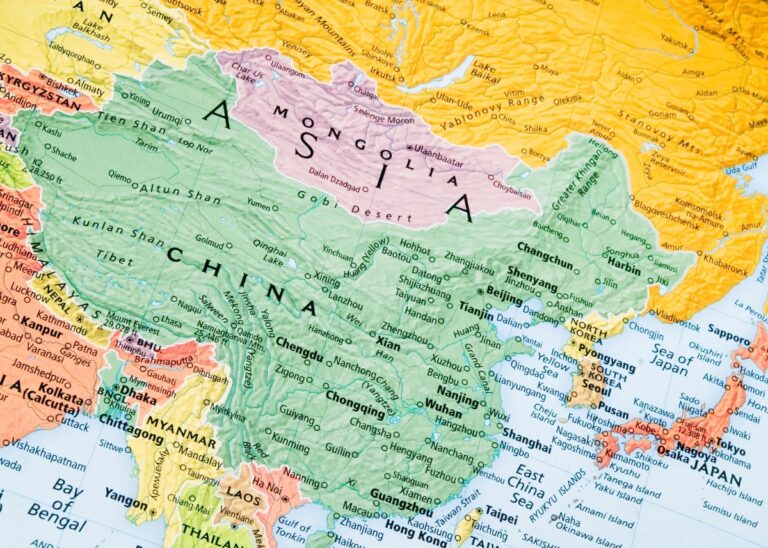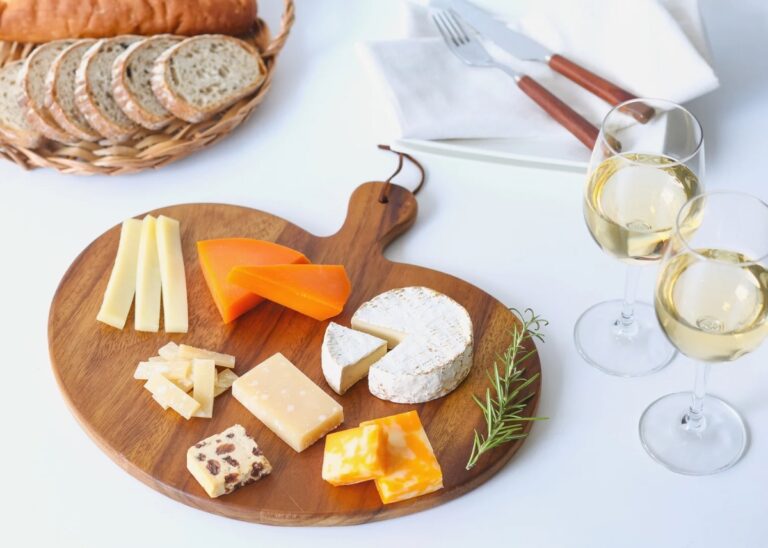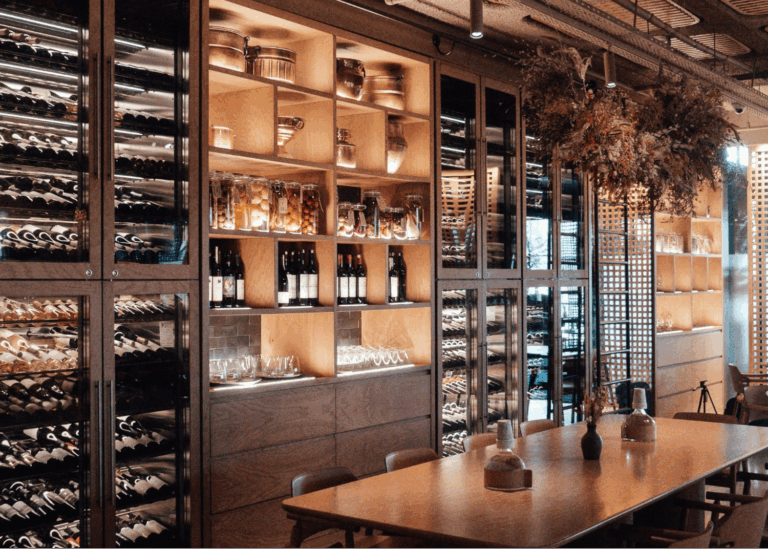[et_pb_section fb_built=”1″ _builder_version=”4.11.1″ _module_preset=”default” global_colors_info=”{}”][et_pb_row _builder_version=”4.11.1″ _module_preset=”default” global_colors_info=”{}”][et_pb_column type=”4_4″ _builder_version=”4.11.1″ _module_preset=”default” global_colors_info=”{}”][et_pb_video src=”https://www.youtube.com/watch?v=wdz-cRwQXlY” _builder_version=”4.11.1″ _module_preset=”default” width=”70%” width_tablet=”80%” width_phone=”100%” width_last_edited=”on|phone” module_alignment=”center” hover_enabled=”0″ global_colors_info=”{}” sticky_enabled=”0″][/et_pb_video][et_pb_text _builder_version=”4.11.1″ _module_preset=”default” text_font=”Lato||||||||” text_text_color=”#000000″ text_font_size=”18px” text_line_height=”1.8em” global_colors_info=”{}”]
Transcript
Hello, bonjour, and welcome to your new Bonner wine club video. As promised today we are continuing our three week Tour de France of French wine. We are going to be exploring the wonders found all around the country. So last week we talked about some iconic white and rosé wines that you should have in mind and consider exploring to taste the French wine finesse that is so famous and so renowned and also it’s food friendly. Nice. Today we’re continuing with some of my personal favorite red wines and we will have a word at the end about the sweet wine. So these are ones that can always be a very nice addition to the end of the meal, especially with the upcoming holiday season that is coming up very soon. So let’s go.
The ‘Lighter’ Fine Reds of France
Instead of going around the country with a long list of different regions that make great red wines (and of course there are plenty in France, that might be a little bit difficult for you to follow If your French geography is a little rusty) why don’t we approach this through the angle of first the light reds, the less powerful ones, the least tannic and fruity of style, which are surprisingly or not more from the northern parts of France as we’ll talk about.
And then we’ll go to the sunnier and richer reds from the south. Does that work for you? All right. So, yes, France has this little bit of this divide between the north part of the country, which is colder, obviously, it’s historically more industrial as well, and it makes for lighter style of wines. And in the south, that is sunnier, where I live, it’s more rural. It’s historically a little bit less wealthy as well overall, but it makes up for it with a richer style of wine. Another divide is that the North tends to make more varietal wines, wines that are made using one single variety all in the wine as opposed to the south that traditionally makes more blended wines or blends.
So if you’re after lighter and fruitier styles of wine with a little less alcohol, or because you want everyone to feel lighter for Thanksgiving or Christmas dinner, or simply because those go a little bit better. As we must admit, with mildly flavored dishes, there are three main types of reds that you must have in mind and explore. So first, of course, is pinot noir, and Burgundy is the pinot noir country in France. So the Burgundy region of France is the homeland of pinot noir, where the grape was selected and the pinot noir wines perfected by the Benedictine monks all through the Middle Ages, and by careful wine growers today. There would be an awful lot to say about Burgundy pinot noir. But let’s keep it tight and simple here with just a couple of key concepts to start understanding it really well.
So first, much like Chardonnay we talked about last week, most of the pinot noir wines you will find from the new world—and let’s just mention here California, Oregon, South America, Australia or New Zealand, just to name a few—all of those will be a little bigger and richer than most burgundy reds. And that’s just because climates in all of those regions and countries are not as cold as burgundy.
That is really cold. It’s one of the coldest regions in France just after, surprisingly, Champagne. Anyway, French pinot noir is more subtle overall, but some may say a little too subtle for them, a little too tight or shy on the palate, if you compare to the most opulent ones found around the new world. But this finesse yields extremely rare floral characters in the best examples like those fantastic notes of violet flowers and elegant notes of fresh red berries or sour cherry that come through in the fantastic wines of Burgundy pinot noir. This level of finesse is in fact so rare in the world of pinot noir that Burgundy pinot noir would make virtually the entire list of all the most expensive wines in the world. At least if you take the top 50.
If you don’t want to spend that kind of money on wine, I mean, not always, one cannot buy Burgundy pinot noir all the time; those can be pretty pricey, here are a couple of alternatives from France. They yield somewhat the same sort of finesse from the northern part of the country. So first off is Beaujolais, and its increasingly popular gamay grape. Beaujolais is a famous wine region that is located just south of Burgundy, just a few miles away from the southern tip of Burgundy.
The wines they make there from the gamay grape are also relatively light and fruity in style and dry with a very good acidity. And these juicy, fresh red berry flavors that are somewhat similar to pinot noir and that go so well with food. The best examples come from what are called the cru Beaujolais, and those are ten different villages that are scattered around the region that make the finest wines in Beaujolais. So good Beaujolais wines can compete in quality with many pinot noir from Burgundy for a fraction of the price.
The second alternative that is a grape that is called cabernet franc that is also increasingly popular around the world. So cabernet franc originates and is grown in the Loire valley, mainly. Cabernet franc is in fact the father of cabernet sauvignon. Yes, the mother being sauvignon blanc, the white grape that is so popular as well.
So cabernet franc has somewhat of the Cabernet richness in the texture of the wine, yet it’s more elegant, more subtle, aromatic, again, with those delicate red berry flavors and some touches of floral elements. There are absolutely fascinating wines to explore. So from the Loire look out for wines from villages such as Chinon, Saumur, Bourgueil, or Anjou Villages, note that cabernet franc is not only grown in the Loire valley. In fact also, it makes some of the best wines in the Bordeaux area, in the Saint-Emilion more specifically, with such globally famous winery names such as Cheval Blanc or Château Ausone.
But let’s move south to the sunnier part of the country and have a look at the key wine styles that you can find, those powerful blends from the south of France.
Richer, But Just As Fine…
One of the things about French wine, generally speaking, and we talked about this a little bit about the wines last week, if you remember, is that even if they are richer in styles, and that’s particularly true in the south of France, well, the French wine makers, the French in general, always aim at infusing a little bit of finesse and a bit of elegance into the expression of their terroir. While they also aim at wines being food friendly, going well with food, because it’s very important for the French. And they aim at wines being age worthy because it’s important to be able to cellar wine so it improves with time and improves with age.
So here in the South you will find textural wines, that’s true, but somewhat just as fine as in the North. Never are they too big or powerful or overwhelming as you can find from warmer climates from around the world. So here in the sunny south of France, you will find three ultra classic styles to explore.
So first is obviously Bordeaux. We must talk about Bordeaux. Everything has been said about Bordeaux. And because I spent quite a long time, many years studying winemaking there and making fine wines in Bordeaux, I would probably need an entire video to tell you much more about it. But essentially, as you know, Bordeaux makes some of the most reputable wines in the world out of mainly two grapes, the cabernet sauvignon that you know, and the merlot. Sometimes a little bit of cabernet franc, as we mentioned earlier.
And they make red blends in Bordeaux, if you remember what we mentioned earlier. So there are some top estates in Bordeaux, the top chateaux that are absolutely famous on a completely global scale. But Bordeaux is also the second biggest wine region in France, and not that many people realize this. So you can find affordable Bordeaux wines that are well made.
And I’ve got one here that is a very famous French brand that is called Mouton. This is a $15 to $20 bottle of Bordeaux wine, and it’s a decent wine for the price. And I think it’s actually a good introduction to get an affordable taste of what is the Bordeaux wine style. Secondly, in the South is the famous Rhone Valley region. Those blend wines from what’s called the GSM blend, so that’s grenache, syrah and mouvèdre. Sometimes a little bit of carignan, which makes it the GSM C blend.
But anyways, Rhone wines are perhaps the most opulent and generous style of French wines, French red wines that you can find because it’s a very sunny region. So expect ripe fruit flavors, ripe plum and a little bit of prune sometimes. So it’s cooked a little bit, rich, dark berries, blackberry jam and this type of wine expression. They’re also always very spicy, thanks particularly to the syrah, with layers of roasted cocoa and coffee. I mean, so yummy. One of my personal favorite style of wine. You’ve seen it. I can’t hide it. There are fantastic wines for very flavorsome and powerful dishes like the grilled meats, the garlicky antipasti, those generous stews, all these type of southern Mediterranean flavors that we love.
In your selection from the club, you will receive a wine from the most famous of all appellations in the Rhone Valley, which is Chateauneuf-du-pape. So that’s very, very exciting. Finally, in the South, I must mention briefly the Languedoc-Roussillon region, I must mention it because, well, first I live here, and also because it is the biggest wine producing region in France.
It’s not very well known and one of the very biggest wine regions in the world, full stop. So they make a lot of wine here, but they’ve shifted towards making more and more quality here these days because cheap wine, as you know, doesn’t sell very well anymore. So Languedoc-Roussillon is arguably now the best wine region in France to find value for money in wine. You can get the French elegance out of Languedoc at a very affordable price. The cabernet franc I was telling you about earlier. This one will be in your selection and it is made in Languedoc so you can again experience it firsthand. Finally, let’s have a quick word on sweet wines to complete our Tour de France of French wine.
A Couple Sweet Wines to Try
French wines, you’ve understood this, are mostly dry overall, and that’s because dry wines go a little bit better with food, and it’s very important for the French. So for a broad variety of sweet wines, one generally has to look elsewhere in Hungary or Italy, for example, but a couple of French sweet wines worth mentioning, not the least of them.
And that’s mainly going to be the wines from Sauternes. So if you’re not familiar with the wines from Sauternes, those are made in the Bordeaux wine region, but in a very specific area that is very foggy because it’s humid, because it’s nestled at the conjunction of two rivers. So here the grapes are attacked by a fungus that is called Botrytis.
Essentially, that’s the same fungus that rot in our fruits when we leave them on our kitchen table for too long. You know, these horrible gray powdery thing. But sometimes this fungus develops in a certain way on the grapes to form what’s called the Noble Rot, which concentrates the flavors into the grapes. The results are some extraordinary wines, very rare, full of tropical savory, sweet, savory flavors that are actually quite hard to describe, but wines that are absolutely outstanding.
Some of the most age worthy wines on Earth as well. And if you take Chateau d’Yquem, the most famous winery in Sauternes, well, it simply makes some of the most expensive and demanded wines in the world, you know, full stop. And that’s because those wines are wines that you can age for decades, if not centuries. And they will still be good after all this time. So they are essentially collectible items and wines that you can actually enjoy in store and sell and enjoy after a very, very long time.
Then France makes a variety of fortified sweet wines as well, so wines that are made with the addition of a little bit of alcohol in them, and that’s especially from the muscat grapes. So those are very fragrant, pungent, powerful white wines with explosive notes of fresh grapes and honey, some tropical lychee and dried apricot.
So they’re very, very gorgeous wines, especially for aperitifs before dinner with a few ice cubes, or with cakes for dessert. The most famous of the Muscat wines from France are the Muscat of Rivesalts. Then there are some alternatives to port wines made in France as well, those rich, dense red wines, namely in France, they’re called Banyuls and La Coume du Roy; you may be more on this someday in a future video, but I’ll leave it here for today because we’re running out of time and I will see you soon. In the wonderful world of wine… au revoir!
[/et_pb_text][/et_pb_column][/et_pb_row][/et_pb_section]



